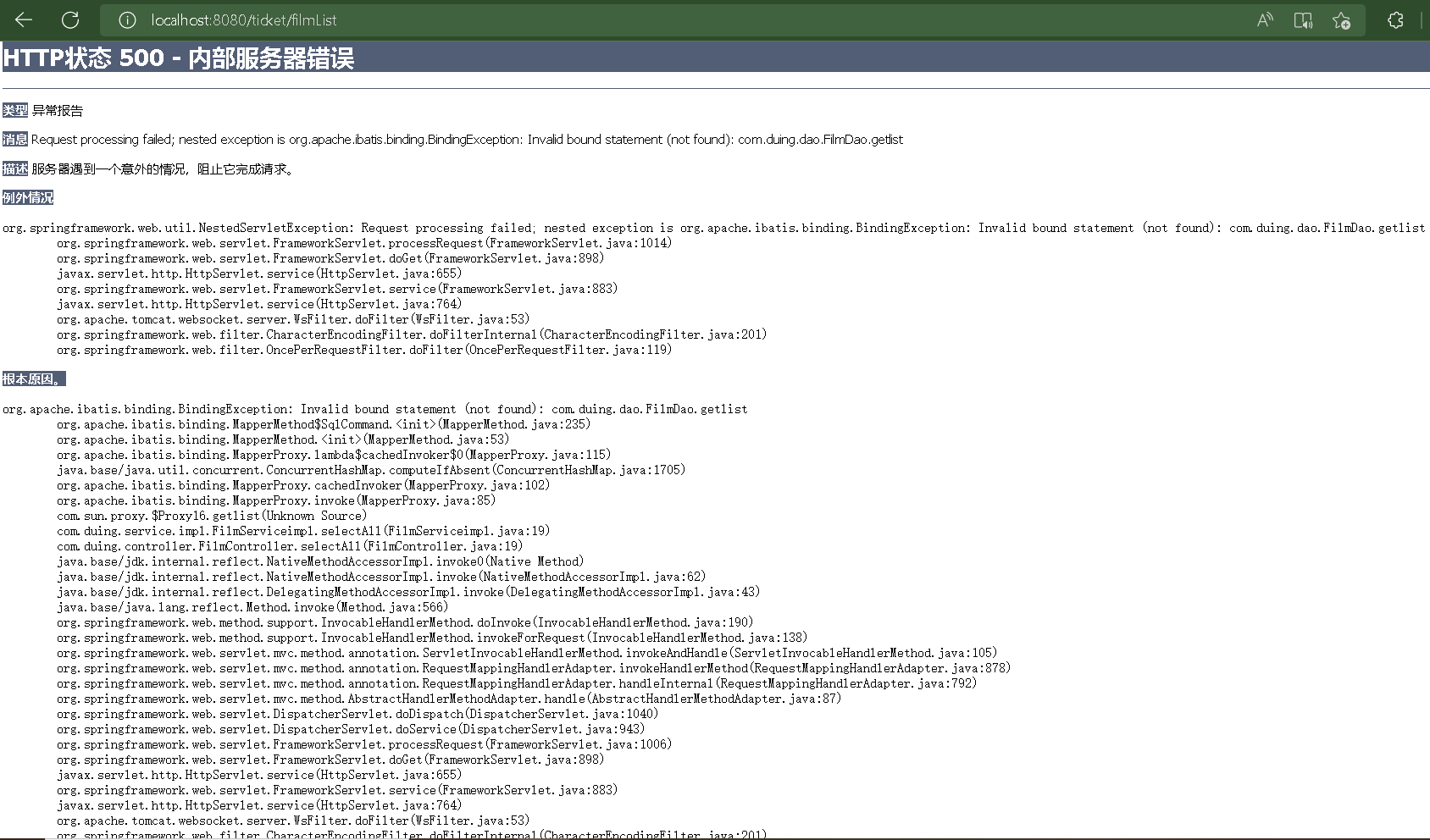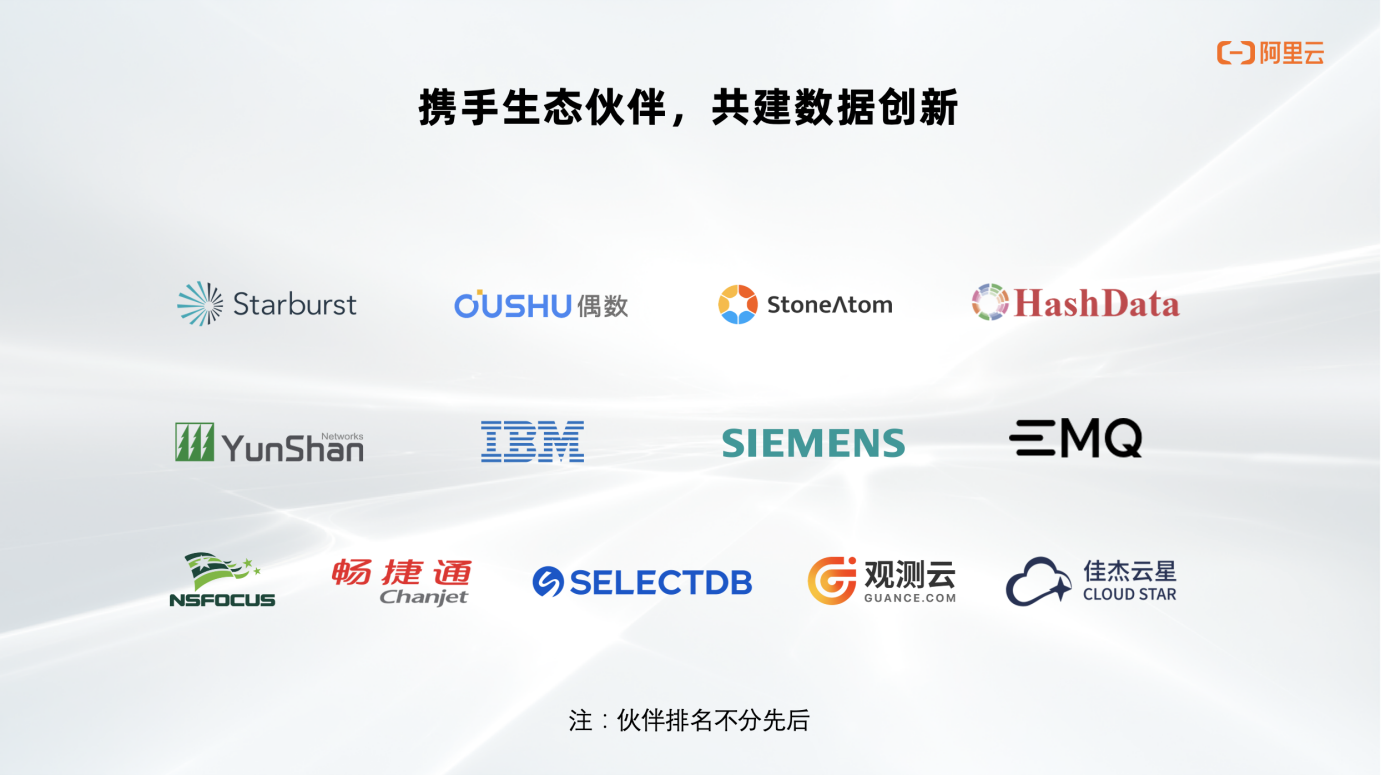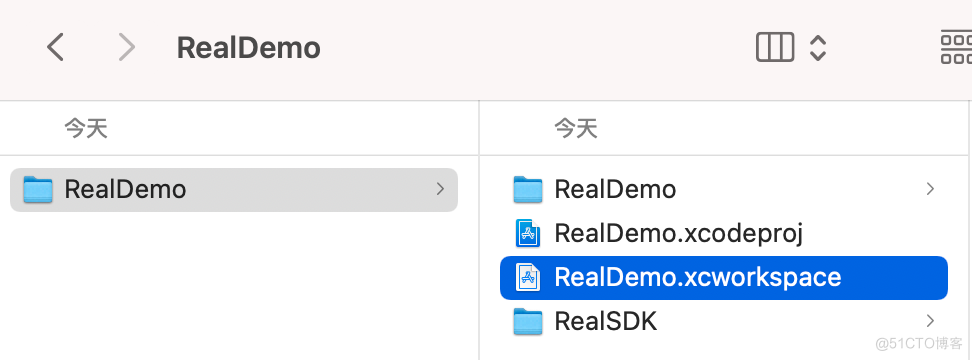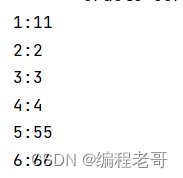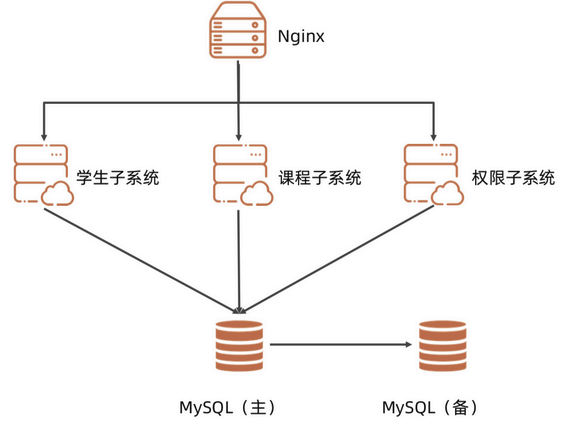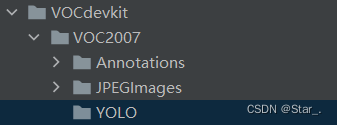当前位置:网站首页>Crack detection technology based on deep learning
Crack detection technology based on deep learning
2022-08-02 11:30:00 【InfoQ】
Different from traditional crack detection methods, deep learning-based detection methods do not require manual intervention, can learn representative features independently, and directly detect cracks in input images.
With deep learning methods, good detection results have been achieved in many application scenarios.Many domestic researchers have also begun to use deep learning-based target detection models and semantic segmentation models for crack detection tasks.
Wu Hehe et al. used Faster R-CNN network to detect tunnel cracks. This method can reduce the requirements for image quality and complete the accurate location of cracks.Wang Liping uses the ZF network as the backbone network of the Faster R-CNN model to extract image features and complete the identification and location of concrete cracks. It is an efficient and reliable crack detection method. This method has a good detection effect on large cracks, butFor small cracks, there will be problems such as missed detection.Sun Chaoyun et al. replaced the backbone feature extraction network of Faster R-CNN with the feature extraction layer of VGG16 and other networks. The experiment proved that the model detection effect after the combination of VGG16 and Faster R-CNN was the best, and then adjusted the aspect ratio of the crack candidate frame to makeThe model is better adapted to crack detection, and this method can improve the detection accuracy, but the detection speed is not ideal.
Li Zhongyuan applied the SSD target detection algorithm to the road crack detection task, which can achieve high-precision and high-speed detection compared with traditional detection methods.Wen Zuolin established a target detection method based on YOLOv3 deep learning, which realized the accurate identification of structural cracks and non-structural cracks.Wang Lei proposed a pavement crack detection and localization method based on YOLOV3, and proposed a multi-frame overlapping covering crack labeling method. The cracks in the detection results can basically be framed, and the detection accuracy and speed are effectively balanced.It achieved 87% accuracy on his dataset, but there is still a lot of room for improvement.Cai Fenghuang et al. proposed an improved crack detection method based on YOLOv3. First, the depth separable convolution generation was used to reduce the overall parameter amount of the network, and the inverse residual structure was introduced to improve the detection accuracy.Useless information.This method can realize the identification and localization of cracks, and has real-time detection speed, but the detection results will have the problem that cracks are missed outside the detection frame.Li Bin et al. proposed an improved defect detection method based on YOLOv4, clustering defect samples through K-means to obtain a priori frame suitable for defect detection, and then adding a convolution layer at the connection between the backbone feature extraction network and PANet, and at the same time in the space.The input and output of the pyramid pooling structure are added with convolutional layers. By increasing the depth of the network, the feature extraction ability of the network is improved, and the mAP index is increased by 4.55% on his data set.But by adding a large number of convolutional layers, the network structure is also more complicated, and the detection speed is slowed down.
Li Li built an FCN model based on the Alexnet network, which can detect cracks in complex road backgrounds.Wang Sen et al. first replaced the backbone feature extraction network of FCN with VGG16, then removed the Dropout layer in the fully connected layer, and finally modified the filter size and increased the network depth, which can effectively improve the detection accuracy.However, there are still obvious defects in FCN, and the segmentation results are not fine enough.Zhu Suya et al. used the U-Net network for crack detection, and used the threshold method and the improved Dijkstra connection algorithm for edge extraction. This method improved the detection accuracy, but was limited by the U-Net detection effect.
Many foreign researchers have used deep learning-based target detection models and semantic segmentation models for crack detection tasks.
Cha et al. used the Faster R-CNN method to detect five types of damage such as concrete cracks, and the average detection accuracy was high.Mandal et al. used the YOLOv2 model trained on a large number of crack images for pavement detection. Although this method has high precision and recall, it is easy to miss and falsely detect small cracks.Nie et al. proposed a crack detection method based on YOLOv3, which well balanced the detection speed and detection accuracy.Carr et al. used the RetinaNet network for road crack detection, extracted features of various scales through residual network and feature pyramid structure, and completed crack detection by classifying candidate regions and bounding box regression.Zhang et al. used three methods: deep convolutional neural network, support vector machine and ensemble learning to detect road crack images respectively, and found that the detection accuracy of deep convolutional neural network was the highest, which verified the effectiveness of deep learning method for crack detection scenes.applicability.Liu et al. used the U-Net method for crack detection, and the segmentation effect was greatly improved compared with FCN, but there were still problems such as loss of details, missed detection and false detection.Dung et al. proposed a crack detection method, using the pre-trained VGG16 as the backbone network of the FCN encoder, which achieved better crack segmentation results.
The deep learning method does not require manual extraction of crack features, and is more accurate and robust than traditional image processing methods. It is not easily affected by external factors, and can fullyUsing the computing power of the computer, it has a faster detection speed and has achieved excellent results in many detection and segmentation fields.
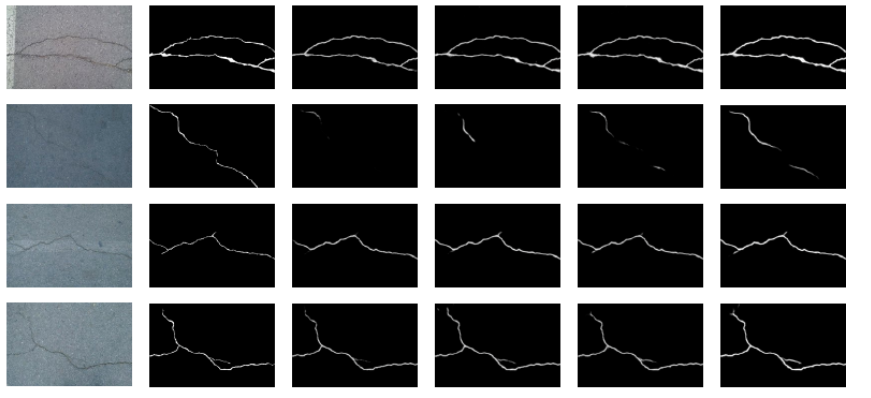
边栏推荐
猜你喜欢
随机推荐
Oracle降低高水位
使用mosquitto过程中的问题解决
Three.JS程序化建模入门
SQL 经典50题(题目+解答)(1)
LayaBox---TypeScript---Module Analysis
sqli-labs(less-11)
LeetCode每日一练 —— 20. 有效的括号
当POC遇见RPA:RPA项目顺利实施的关键
C#为listview选中的项添加右键菜单
MySQL模糊查询性能优化
循环结构--while循环
STM32+MPU6050设计便携式Mini桌面时钟(自动调整时间显示方向)
ansible模块--copy模块
小程序插件让开发者受益的几个理由
Excel动态图制作
5G网络切片技术
多线程(基础) - 4万字总结
企业级数据治理工作怎么开展?Datahub这样做
智能手表前景如何?
【kali-信息收集】(1.8)ARP侦查工具_Netdiscover
